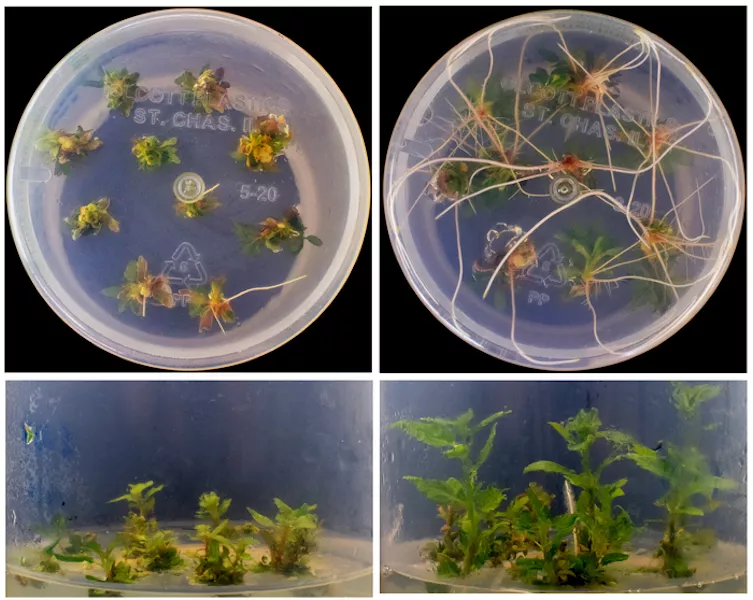Crispr-cas9 gene editing technology is one of the most important scientific breakthroughs in recent decades, but there is always room for improvement. Researchers at the University of Maryland (UMD) have developed a system they call CRISPR combo, which can edit multiple genes at the same time and change the expression of other genes in plants.
CRISPR system is a powerful tool that allows scientists to cut and paste edit specific genes in organisms. This offers the possibility of new treatments for a range of diseases, including cancer, diabetes, hereditary blindness and blood diseases. In addition, it can edit to improve crops and farm animals, achieve new forms of pest control, and create useful new microorganisms.
Later development improved the formulation of CRISPR. Some allow editing several different genes at the same time, while others completely avoid cutting DNA and focus on turning gene expression on or off as needed.
UMD researchers in the new study will combine these two technologies into a tool, and call it CRISPR combo. Typically, a guiding RNA strand performs editing or activation functions, which means that they can only do one or another. In this study, the team assigned these two functions to different RNAs - editing function to ordinary cas9 and activation function to a scaffold sgRNA.
The team tested the concept in several experiments. First, they used tomato and rice plants to prove that they can perform these two functions without any crossover - and the test was successful.
"As a proof of concept, we show that we can successfully knock out gene A and up regulate or activate gene B without accidentally cross knocking out gene B or up regulating gene A," said Yiping Qi, co-author of the study
Later, the researchers used a common laboratory plant called Fucus to study how two beneficial changes could be made at the same time. They edited a gene that makes plants more resistant to herbicides and activated a gene that makes plants bloom early. The end result is an engineered rock alga that is resistant to herbicides and can reproduce twice as fast. It produces eight generations in a year.

In other tests, the team set out to improve the efficiency of developing new plant varieties through tissue culture. They edited the useful genes of poplar and activated three other genes that promote plant tissue regeneration. They found that the new roots of poplar samples grew faster and improved the success rate of Engineering crops.
At the same time, rice plants edited with CRISPR combo were found to grow from culture. They do not need normal growth hormone supplements and express more editing genes than plants grown with hormones.
The team said the new technology opened up a wide range of possibilities for more effective editing of crops and other plants and gave them characteristics such as herbicide resistance and enhanced nutrition.
Yiping Qi, co-author of the study, said: "the possibilities are really unlimited in terms of traits that can be combined. But what's really exciting is that CRISPR combo introduces a degree of complexity to plant genetic engineering that we haven't seen before."